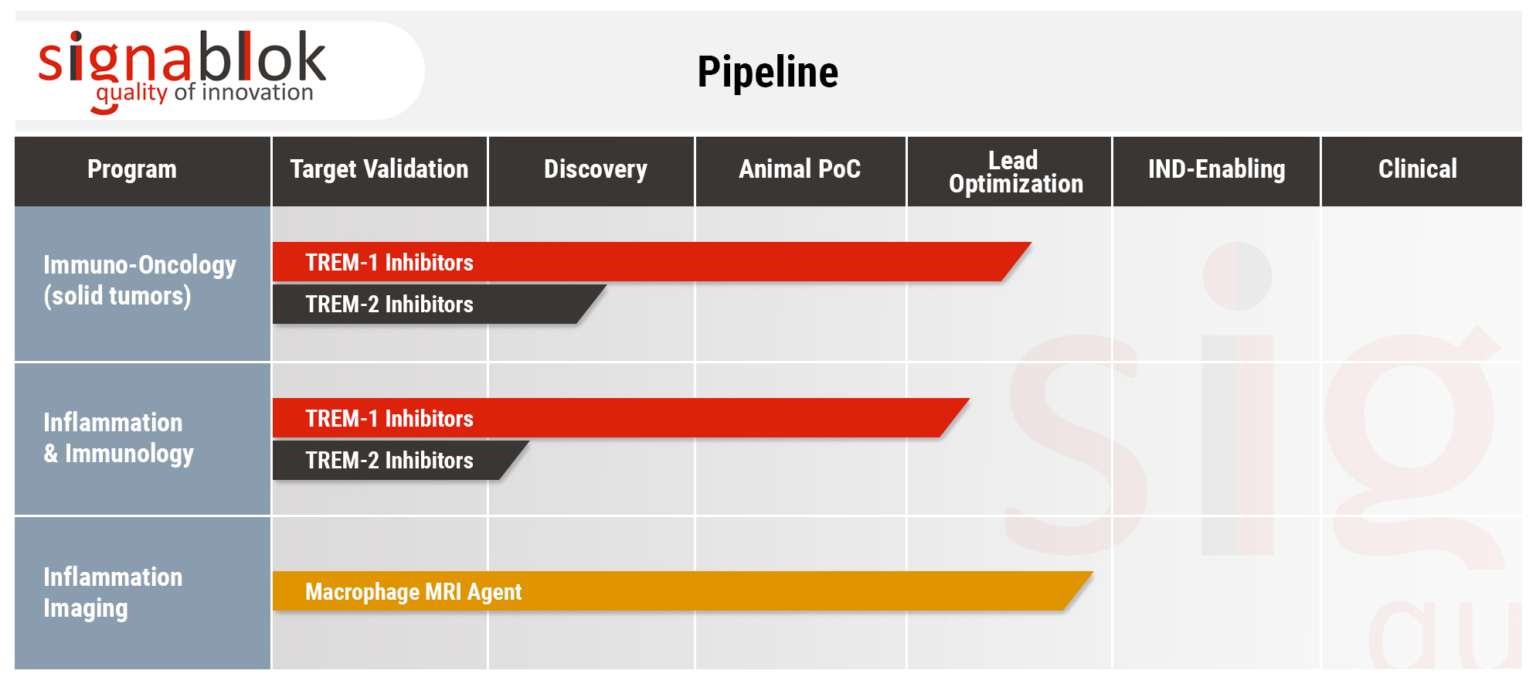There is a growing line of evidence that TREM-1 and TREM-2 pathways play a role in a variety of inflammatory diseases and conditions and that interventions targeting TREM-1 and TREM-2 open new avenues in the treatment of these diseases and conditions.
Stroke
Stroke is the fourth leading cause of death and the leading cause of disability. Because of the limited window of therapeutic time, only a small percentage of stroke patients have so far benefited from the currently approved interventions – thrombolytic therapy and endovascular removal of thrombi.
Recent preclinical studies suggest that systemic administration of the TREM-1 inhibitor after stroke blunts injurious immune responses, accelerating recovery and regeneration.
Spinal Cord Injury (SCI)
SCI is a devastating event, leading to the progression of chronic neuropathic pain syndrome. In experimental SCI, systemic administration of TREM-1 inhibitor markedly improves the outcome of SCI, suggesting TREM-1 as a new therapeutic target in the treatment of SCI. This may be also relevant to other acute central nervous system insults that are similarly characterized by a post-injury immune response, including traumatic brain injury.
Alzheimer’s Disease (AD) and Parkinson's Disease (PD)
AD is a neurodegenerative disorder and the most common cause of dementia in the elderly. Parkinson’s disease (PD) is an age-related, long-term, degenerative, neurological disease that causes a person to lose control over some body functions. In recent preclinical studies, TREM-1 and TREM-2 have been shown to play a role in the pathogenesis of AD and PD and represent new therapeutic targets for these diseases.
Liver Diseases
Alcoholic liver disease (ALD) and nonalcoholic fatty liver disease (NAFLD) are serious health problems worldwide. ALD and NAFLD have similar pathological spectra, ranging from simple hepatic steatosis to steatohepatitis, liver cirrhosis, and hepatocellular carcinoma.
Studies by SignaBlok and others revealed that TREM-1-mediated inflammation is critically involved in the pathogenesis of ALD and NAFLD and that therapeutic interventions targeting TREM-1 ameliorate inflammation and liver damage in experimental ALD and NAFLD.

